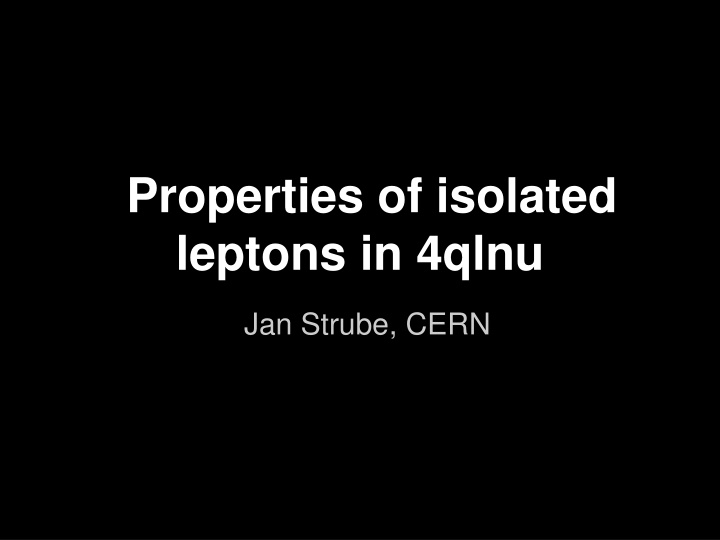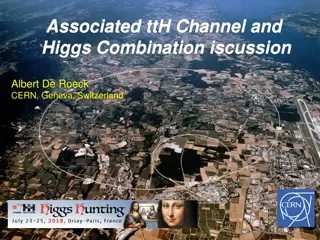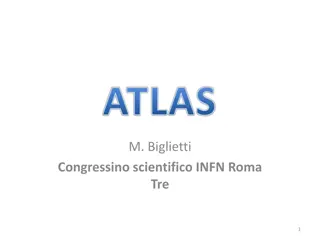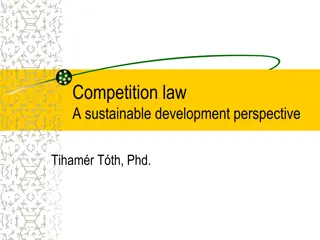
Isolated Leptons in 4qlnu Analysis at CERN
Explore the properties of isolated leptons in the 4qlnu analysis by Jan Strube at CERN, focusing on reconstruction challenges, setup, optimization parameters, isolation performance, and energy of isolated tracks.
Download Presentation

Please find below an Image/Link to download the presentation.
The content on the website is provided AS IS for your information and personal use only. It may not be sold, licensed, or shared on other websites without obtaining consent from the author. If you encounter any issues during the download, it is possible that the publisher has removed the file from their server.
You are allowed to download the files provided on this website for personal or commercial use, subject to the condition that they are used lawfully. All files are the property of their respective owners.
The content on the website is provided AS IS for your information and personal use only. It may not be sold, licensed, or shared on other websites without obtaining consent from the author.
E N D
Presentation Transcript
Properties of isolated leptons in 4qlnu Jan Strube, CERN
Introduction In order to properly reconstruct leptonic W decays, we need to find isolated leptons. Energy resolution probably not sufficient (missing energy, mis-reconstructed leptons) for full reconstruction o Tag events with one iso lepton and one reconstructed W Marlin has an IsolatedLeptonFinder Processor First shot at Processor Performance:
Setup Christian Grefe has developed truth matching algorithm during CLIC CDR o Maps ReconstructedParticle to the MCParticle that contributed most energy in form of hits Samples considered: o 10k each tth-6q, tth-ln4q, tth-2l2nbb o Leptonic W decays include decays Matching criteria: o Find reconstructed lepton and match to W decay (including )
Three parameters to optimize Isolation Consider energy in a cone around the track Leptonic W decays are more isolated Particle ID Look only for electrons or muons, not pions Impact Parameter W decays are prompt
Starting Point PandoraPFA reconstruction All tracks, E > 15 GeV 10,000 events tth_4qln (only) 764 events matched to 1183 without E cut Reconstructed Particle type Matched to W Not matched to W electron 3331 3822 muon 3536 3289 pion 180 60701 SUM 7047 67812
Isolation properties of W daughters Truth-matched W tracks in tth_4qlnu Other leptons and pions in tth_4qlnu y = (3.0x)
Isolation Performance Optimal cuts (found by parameter scan): o E > 15 GeV o Remove large forward clusters (about 20 ) o Cone cos( ) = 0.99: Econe< (3.0 Elepton) Signal efficiency (including ): 86% Purity (in tth-4qln events): 96% Should be properly evaluated in full (signal + bg) sample
Impact Parameter of Isolated Tracks
PandoraPFA Particle ID Isolated Tracks in tth_4qln events E > 15 GeV Contains fakes electrons muons pions IsolatedLeptonFinder has option to use simplistic PID: ratio of ECal / total energy ratio of HCal / ECal energy Could be used to purify selection further
Performance of Crude Lepton ID Using the available facilities of the IsolatedLeptonFinder with cuts detailed on the previous slides: Isolated Leptons found in: - 0.6% of fully hadronic tth events - 61.5% of 6 semi-leptonic tth events - 99% of those matched to W decay Code is available under (if you have a CERN account) svn+ssh://svn.cern.ch/reps/clicdet/trunk/Users/proloff/tth/isolated_leptons/Marlin/steer On the CERN Trac otherwise
IsolatedLeptonFinder efficiencies Before isolation selection (but including cuts E>15GeV and abs(cosTheta) < 0.94): Fraction of W electrons reconstructed and truth matched: 89.3% Fraction of W muons reconstructed and truth matched: 90.6% Fraction of tau electrons and muons reconstructed and truth matched: 59.0% IsolatedLeptonFinderSelection: Relative W electron ID efficiency: 81.3% Relative tau electron ID efficiency: 37.9% Relative W muon ID efficiency: 85.7% Relative tau muon ID efficiency: 38.1% The fraction of W produced to those tagged is the product of the reconstruction efficiency and the identification efficiency
Outlook Energy of reconstructed neutrals that are truth-matched to an electron or muon from a W 53 / 1000 events merged with forward 2 TeV clusters not shown on plot This is not bremsstrahlung, but rather clustering gone wrong



